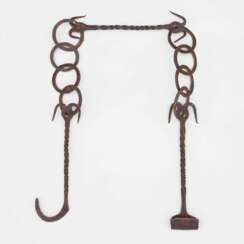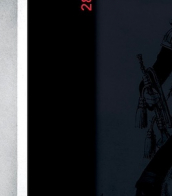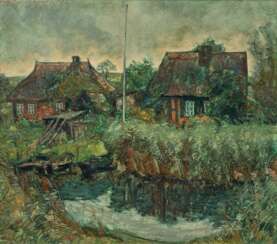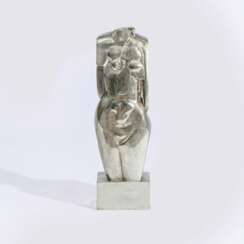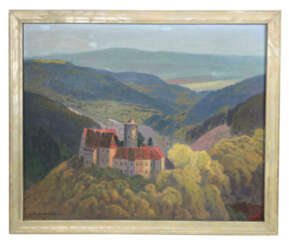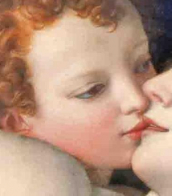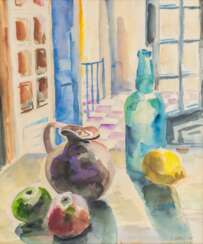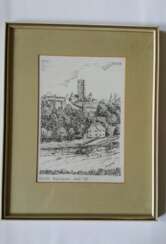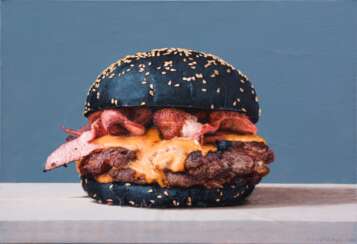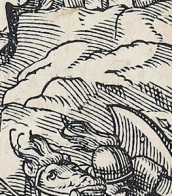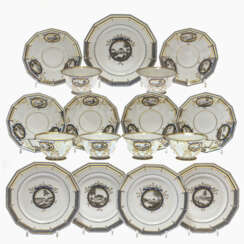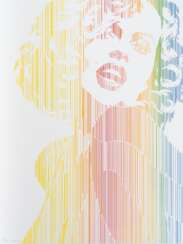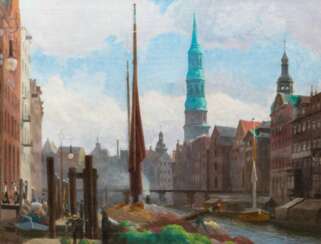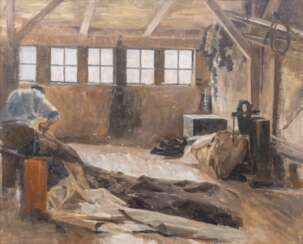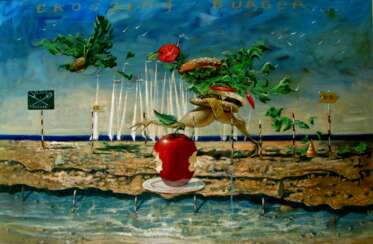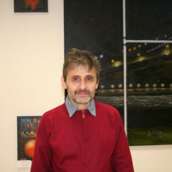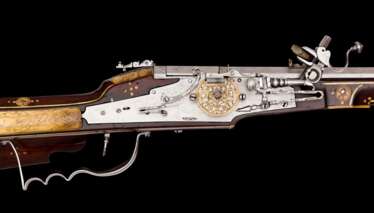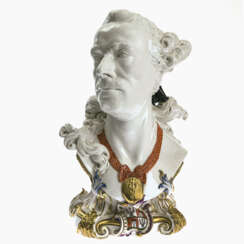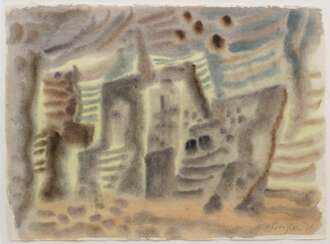burg
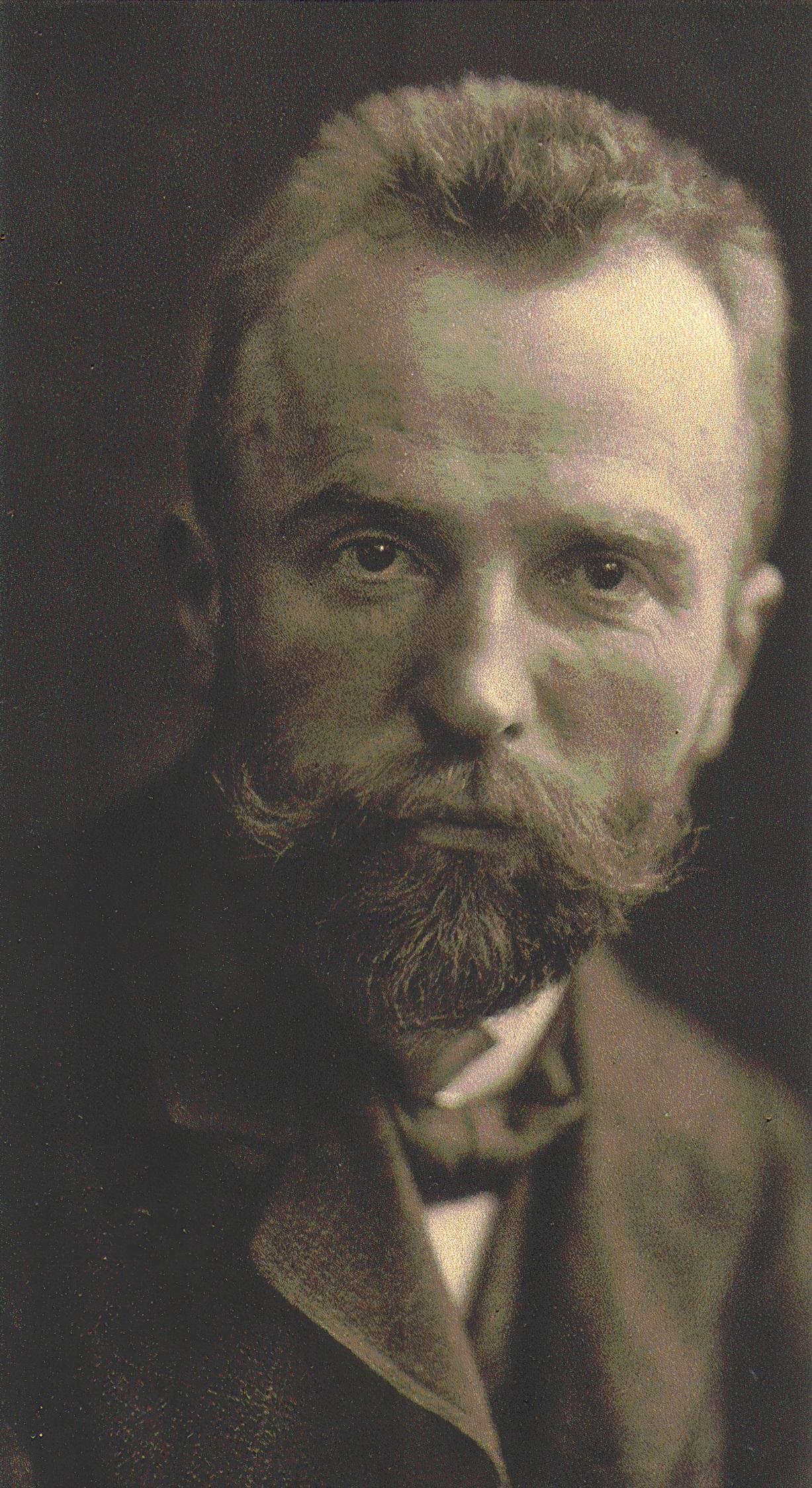
Karl Wilhelm Arthur Illies was a German impressionist painter. He specialised in landscapes and was considered a brilliant graphic artist.

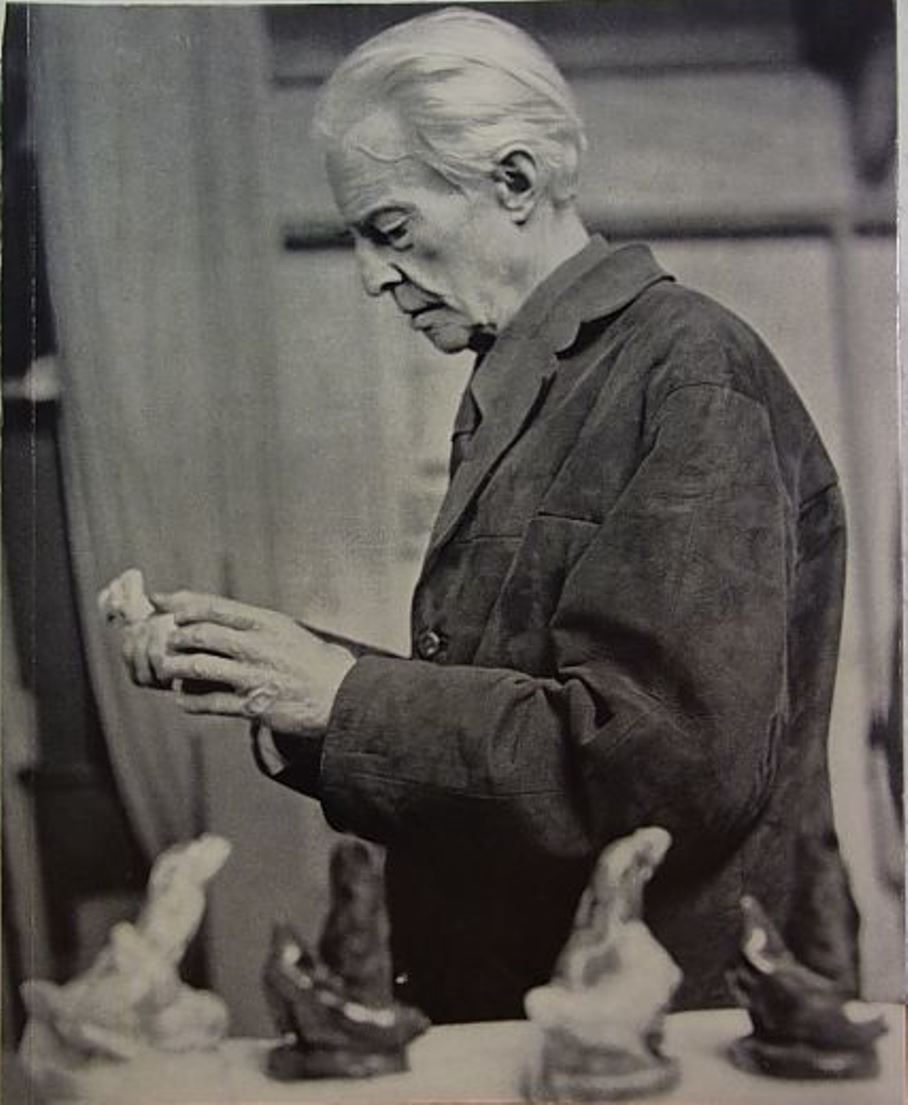

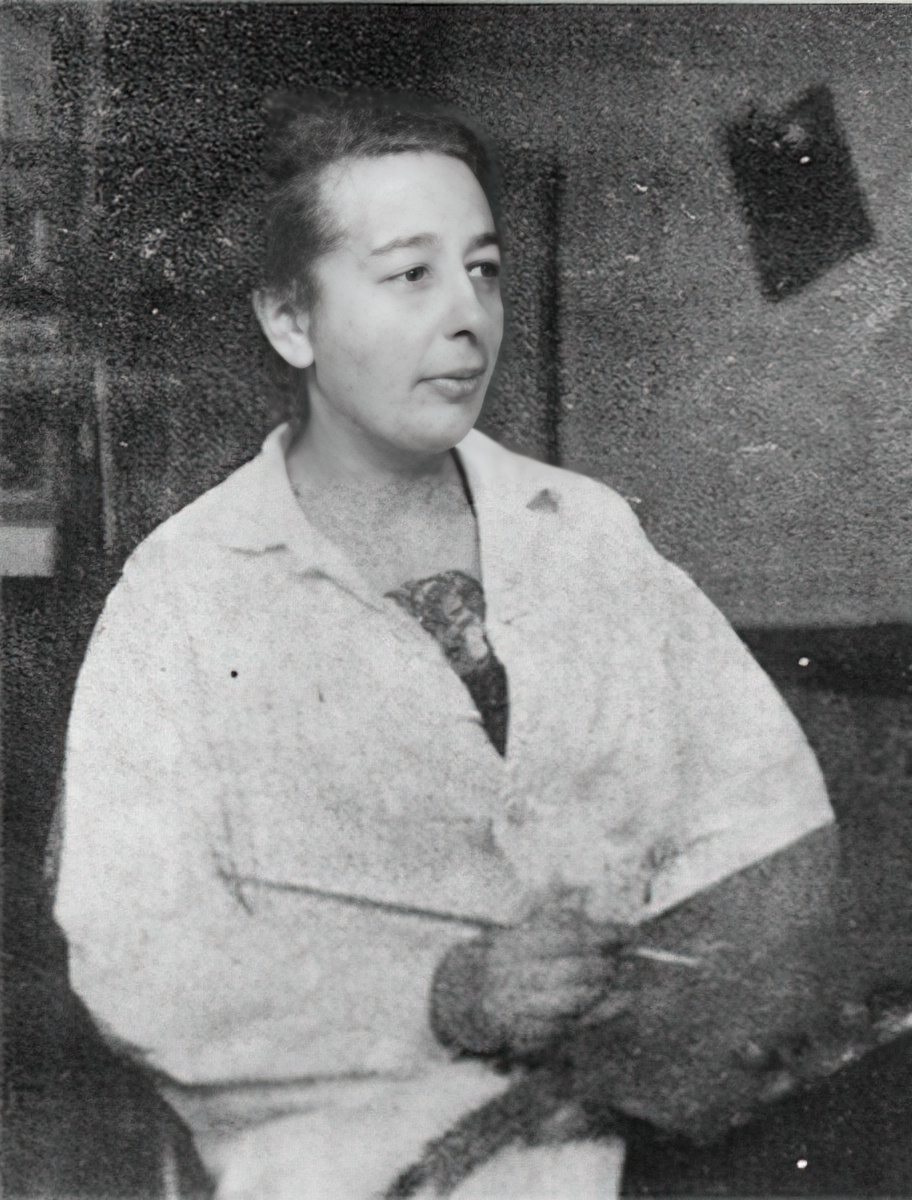
Gretchen Wohlwill was a painter and member of the Hamburg Secession. She was one of the German students at the Académie Matisse in Paris and developed a painting style influenced by French avant-garde art. In addition to painting, graphics were a focus of her work. Persecuted by the National Socialists because of her Jewish background, she emigrated to Portugal in 1940. After twelve years in exile, she returned to Hamburg in 1952.


Gretchen Wohlwill was a painter and member of the Hamburg Secession. She was one of the German students at the Académie Matisse in Paris and developed a painting style influenced by French avant-garde art. In addition to painting, graphics were a focus of her work. Persecuted by the National Socialists because of her Jewish background, she emigrated to Portugal in 1940. After twelve years in exile, she returned to Hamburg in 1952.


Gretchen Wohlwill was a painter and member of the Hamburg Secession. She was one of the German students at the Académie Matisse in Paris and developed a painting style influenced by French avant-garde art. In addition to painting, graphics were a focus of her work. Persecuted by the National Socialists because of her Jewish background, she emigrated to Portugal in 1940. After twelve years in exile, she returned to Hamburg in 1952.


Wilhelm Heinrich Ernst Eitner was a German painter of the late nineteenth and first half of the twentieth centuries. He is known as an impressionist painter and teacher.
Eitner produced portraits, landscapes, and woodcuts in a style reminiscent of Japanese art. Despite initial rejection in German society of his impressionist style of painting, over the years he gained recognition and even the title "Claude Monet of the North." Eitner was a member of numerous art associations. His works are preserved in the Hamburg Kunsthalle.


Wilhelm Heinrich Ernst Eitner was a German painter of the late nineteenth and first half of the twentieth centuries. He is known as an impressionist painter and teacher.
Eitner produced portraits, landscapes, and woodcuts in a style reminiscent of Japanese art. Despite initial rejection in German society of his impressionist style of painting, over the years he gained recognition and even the title "Claude Monet of the North." Eitner was a member of numerous art associations. His works are preserved in the Hamburg Kunsthalle.

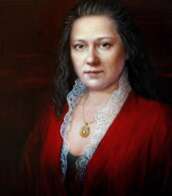
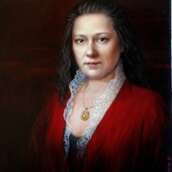
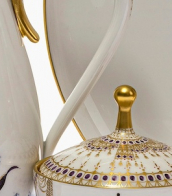

Karl Kluth was a German painter. He was a member of the Hamburg Künstlerverein, the Hamburg Artists' Association and the Hamburg Secession.

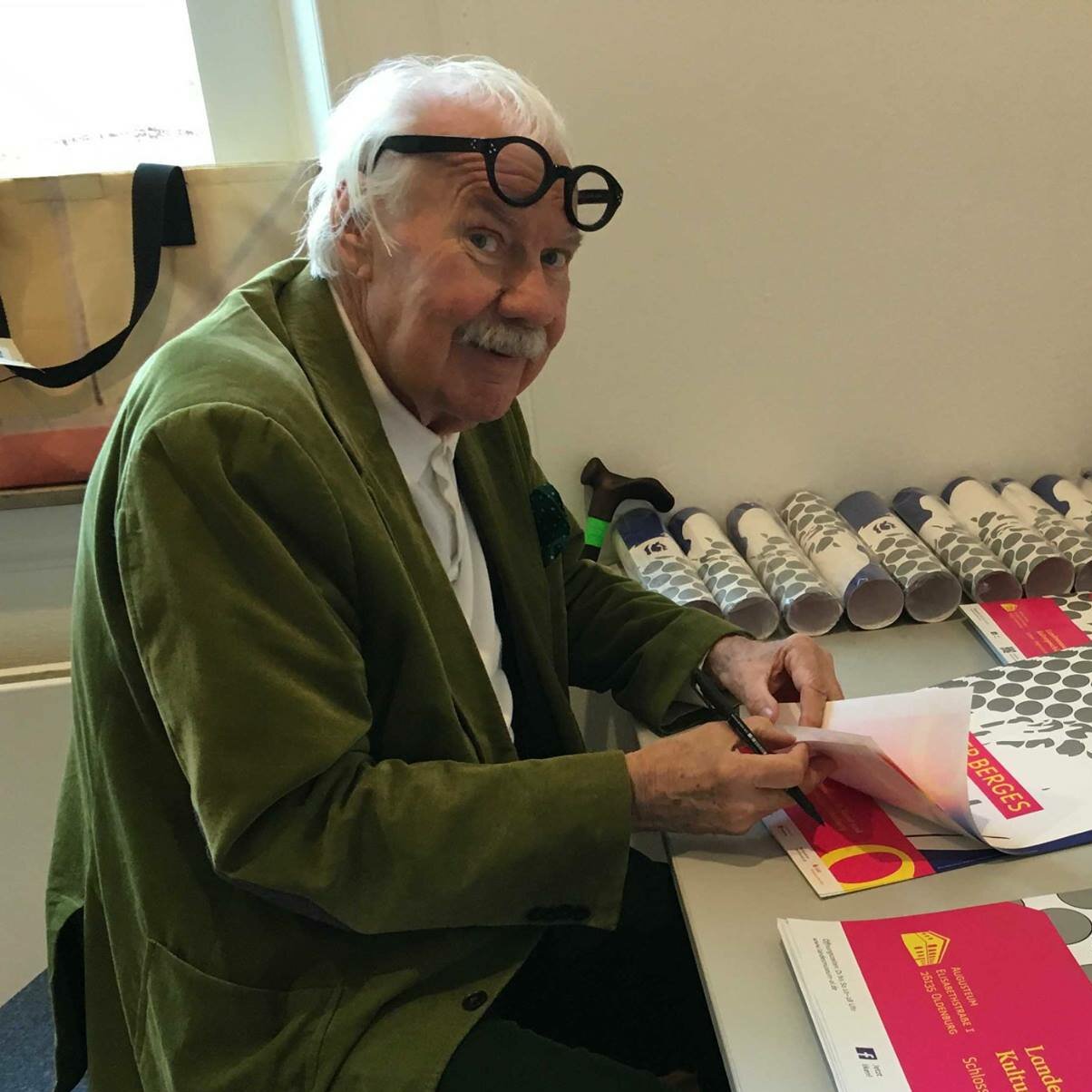
Werner Berges is a contemporary German artist and graphic artist, a representative of Pop Art.
Typical of him are bright colours and sharp outlines, the use of spot painting and the strips that give his works the character of reproductions. The heroes of his paintings are pop and film stars, advertising types of women and photo-models, whose erotic poses and captivating glances Werner Berges emphasizes with a powerful combination of colours, points, stripes and collage. At the core of his drawing is a "graphic framework" that exists independently of the overlay of colours on the canvas. The artist tries to show himself to be completely independent and impartial about what he has created and only signs his work on the back of the canvas.

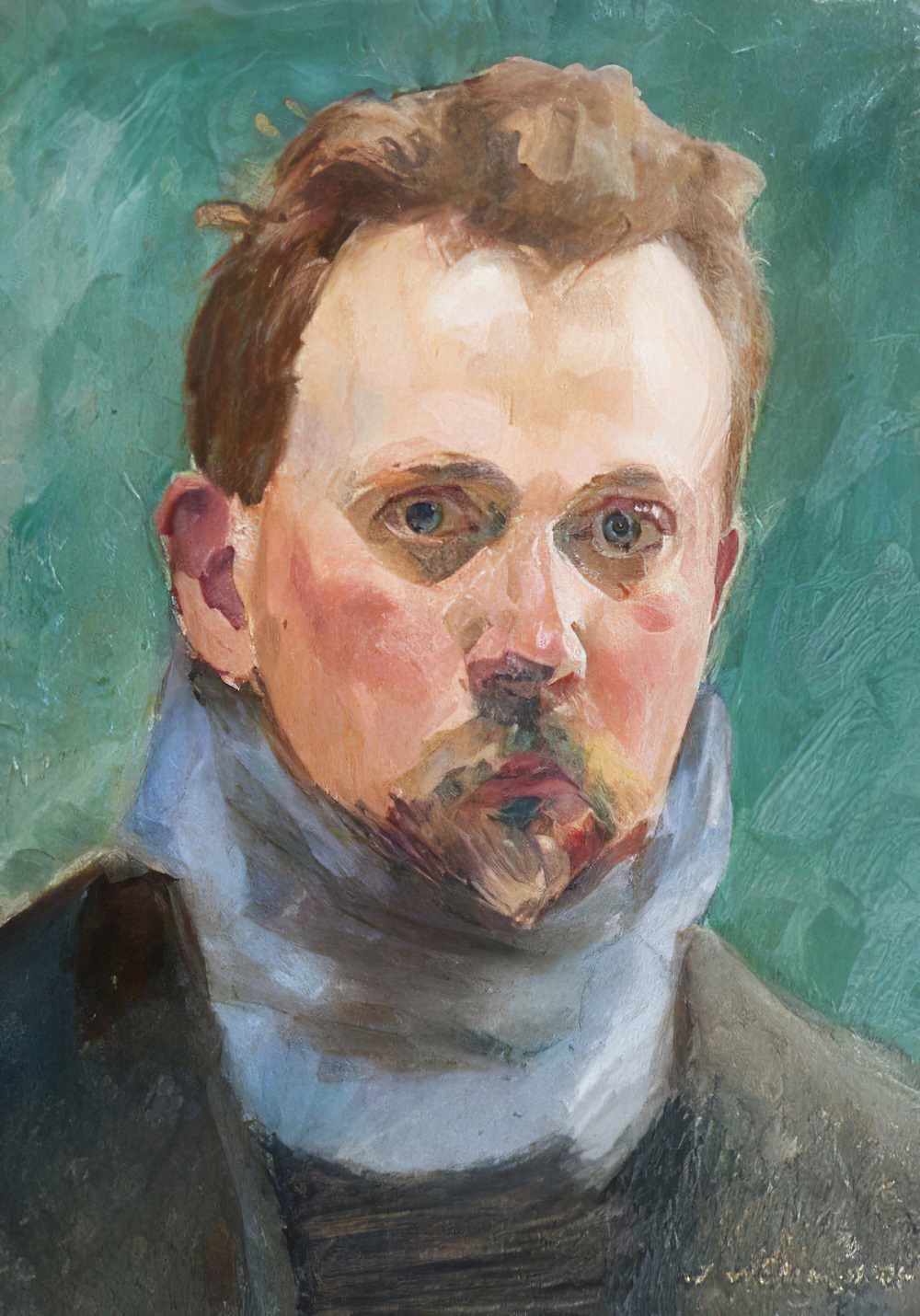
Julius von Ehren was a German post-Impressionist painter. He studied painting at the Academy of Fine Arts in Munich.
Julius von Ehren lived as a free artist in Hamburg since 1893. During study trips to the Lower Elbe region, he at first painted simple pictures of village life together with Thomas Herbst. He was particularly interested in interior lighting as well as village streets, landscapes and portraits.
Von Ehren was one of the young artists who were initially rejected by the established Hamburg art scene with their plein air paintings, often done in bright colours.


Julius von Ehren was a German post-Impressionist painter. He studied painting at the Academy of Fine Arts in Munich.
Julius von Ehren lived as a free artist in Hamburg since 1893. During study trips to the Lower Elbe region, he at first painted simple pictures of village life together with Thomas Herbst. He was particularly interested in interior lighting as well as village streets, landscapes and portraits.
Von Ehren was one of the young artists who were initially rejected by the established Hamburg art scene with their plein air paintings, often done in bright colours.


Julius von Ehren was a German post-Impressionist painter. He studied painting at the Academy of Fine Arts in Munich.
Julius von Ehren lived as a free artist in Hamburg since 1893. During study trips to the Lower Elbe region, he at first painted simple pictures of village life together with Thomas Herbst. He was particularly interested in interior lighting as well as village streets, landscapes and portraits.
Von Ehren was one of the young artists who were initially rejected by the established Hamburg art scene with their plein air paintings, often done in bright colours.



Eduard Bargheer was a German painter and printmaker. His early oeuvre had a close affinity to Expressionism.


Eduard Bargheer was a German painter and printmaker. His early oeuvre had a close affinity to Expressionism.


Julius von Ehren was a German post-Impressionist painter. He studied painting at the Academy of Fine Arts in Munich.
Julius von Ehren lived as a free artist in Hamburg since 1893. During study trips to the Lower Elbe region, he at first painted simple pictures of village life together with Thomas Herbst. He was particularly interested in interior lighting as well as village streets, landscapes and portraits.
Von Ehren was one of the young artists who were initially rejected by the established Hamburg art scene with their plein air paintings, often done in bright colours.

